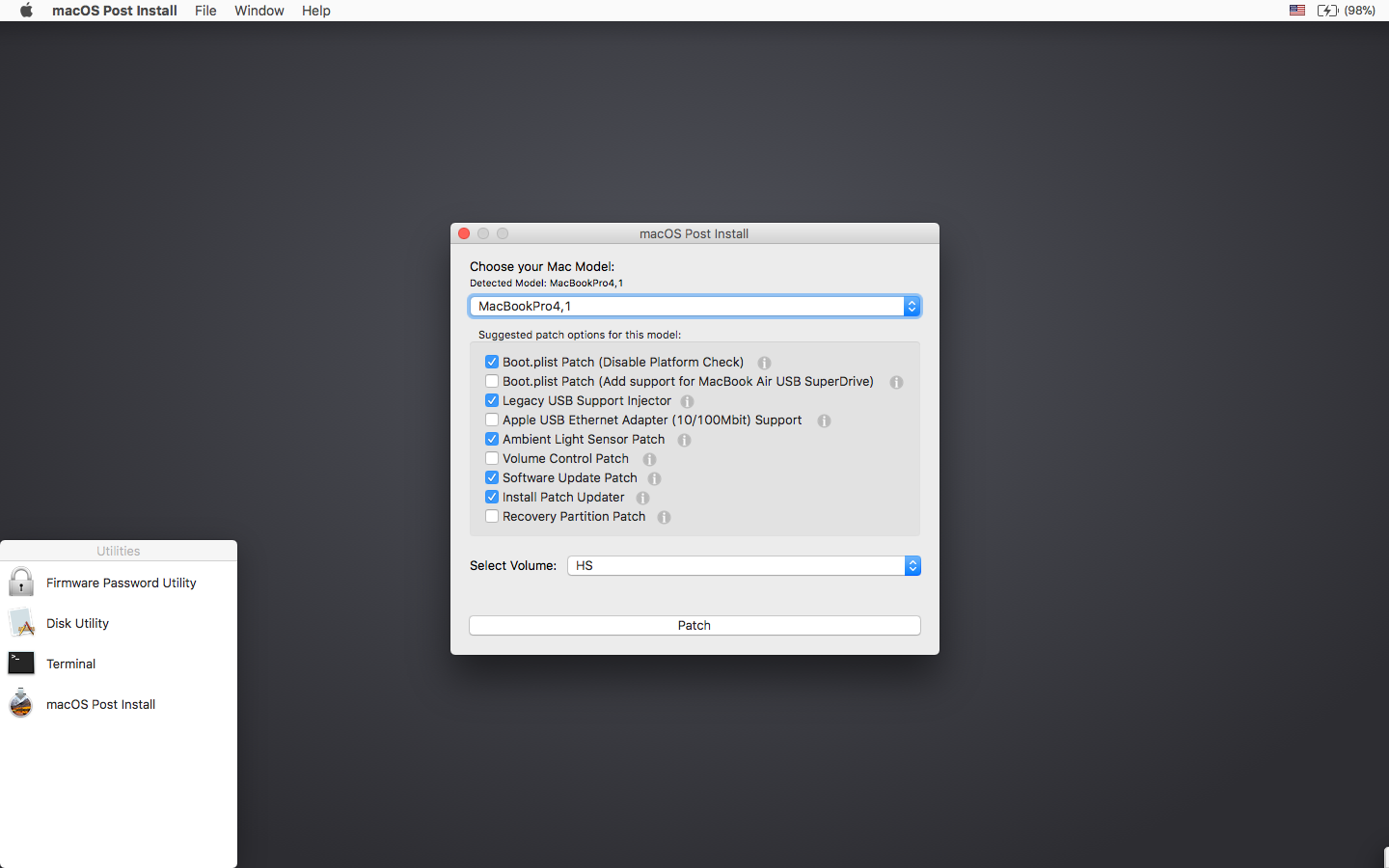

- #How to partition a mac high sierra how to#
- #How to partition a mac high sierra update#
- #How to partition a mac high sierra full#
#How to partition a mac high sierra update#
You can simply go to Apple's website and update your macOS to High Sierra.

Not just a single key, it also supports multiple-key encryption as well. The file system also supports the encryption of an entire drive, providing an added layer of security.Since APFS maintains a real-time clone of the files, tasks like copying and editing has become faster and smoother.Additionally, it has an advanced encryption technology. The new file system makes everyday tasks faster and smoother. It has replaced the age-old HFS file system that has been supporting Apple devices for decades. Though, it is also compatible with iOS devices, tvOS, and watchOS as well. The Apple File System (APFS) has been included in Mac with the release of High Sierra.

Overview of Apple File System on macOS High Sierra In this post, we will help you do the same in a hassle-free way. For instance, users might wish to resize APFS containers to optimize Mac file storage.
#How to partition a mac high sierra how to#
Since APFS creates a container for the logical drives, it is of vital importance to know how to alter it. It has replaced the existing HFS/HFS+ with a new and advanced Apple File System (APFS). Every question won’t be answered, we don’t reply to email, and we cannot provide direct troubleshooting advice.With the introduction of the macOS 10.13 High Sierra, we have seen a major update in Mac's file system.
#How to partition a mac high sierra full#
If not, we’re always looking for new problems to solve! Email yours to including screen captures as appropriate, and whether you want your full name used. We’ve compiled a list of the questions we get asked most frequently along with answers and links to columns: read our super FAQ to see if your question is covered. Select the clone if it’s a partition or click Image to select a disk image backup and click Restore.Ĭorrection: This article originally didn’t mention SuperDuper’s ability to clone a Recovery Disk, which was added in the latest version, and works only for an APFS destination.Shut your Mac down and swap the internal drive for the new one.Make a clone of your current drive either as a complete partition or as a disk image on an external drive using either app (or update an existing clone).If you need to swap a drive out of your Mac instead of having both connected at once, I’d recommend using either SuperDuper or Carbon Copy Cloner to help with that after either installing macOS on the external drive or using Carbon Copy Cloner or SuperDuper to clone Recovery. Then, you can follow steps 2 to 5 and complete the clone. This eliminates installing macOS, which can take some time. With Carbon Copy Cloner or SuperDuper, you can follow either program’s instructions to clone the Recovery partition, and skip step 1 above. Select your old drive’s main partition in the Restore From menu and click Restore.ĭisk Utility lets you restore from another mounted drive or a disk image, effectively cloning a drive.Control-click the new main partition on your new drive and choose Restore.Launch Disk Utility from the Recovery startup list.When finished, restart and choose Recovery (Command-R at startup).Run macOS Installer for High Sierra and complete a full installation on the new drive.If you want to use an all-Disk Utility method in High Sierra, you need to follow these steps: Read this blog post for more particulars.) (SuperDuper can’t use HFS+ as a destination for cloning a Recovery Disk, however. Apple only supports creating this very critical piece of macOS troubleshooting, also required for using FileVault, when you perform a full macOS installation.

For that, you need Carbon Copy Cloner or SuperDuper, both of which can clone an existing Recovery Disk onto another drive. However, there’s one thing that Disk Utility cannot manage: installing a new Recovery Disk on a freshly formatted macOS drive.


 0 kommentar(er)
0 kommentar(er)
